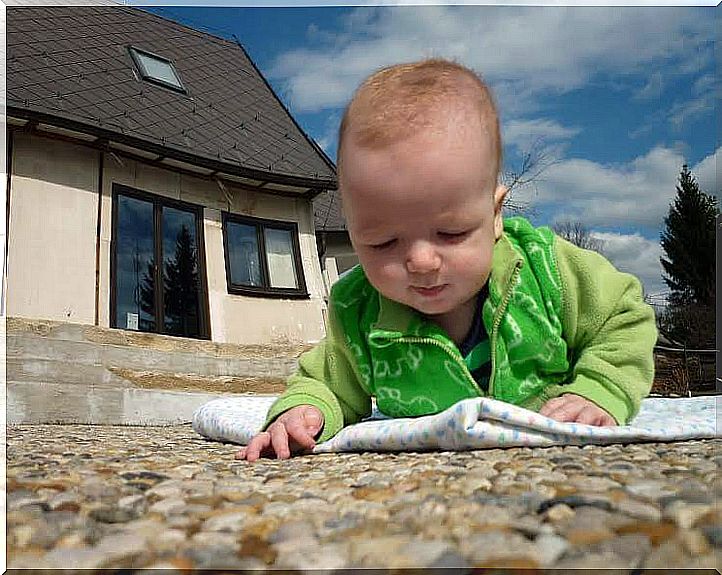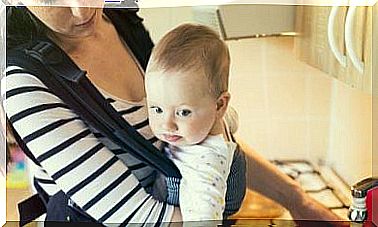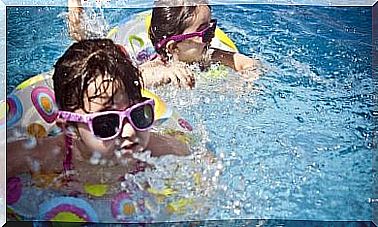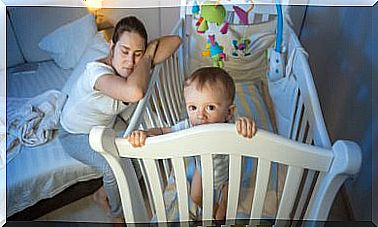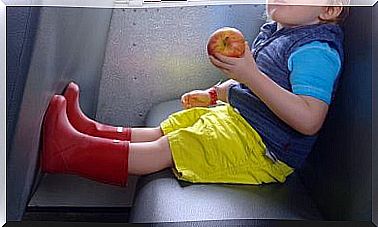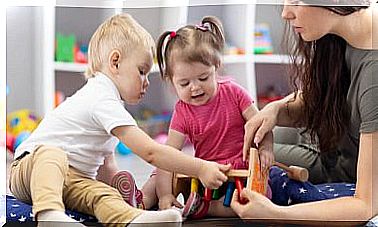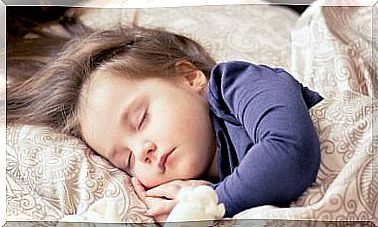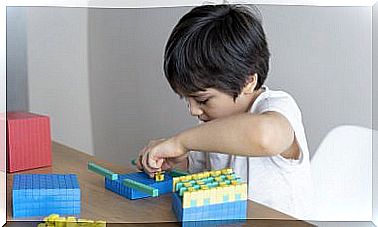Know Everything About Infantile Itching

Infantile itching is an itchy sensation on the skin. It is unpleasant and produces a compelling need to scratch. It has multiple causes and is quite common in early childhood.
Types of itching
Both the mother and any caregiver of the child can easily identify various types of itching with the naked eye. Here are the four types that exist:
Localized : it appears in a specific area of the skin in which the child receives an external stimulus. When the stimulus disappears, the itching disappears.
Generalized : itching occurs all over the skin.
No lesions : occurs on apparently healthy skin.
With skin lesions : it appears with hives, bumps, peeling or redness of the skin.
Depending on certain factors such as the location and the sensation of itching, the frequency of its appearance and, of course, the appearance of the skin, we can determine what type of itching it is. In any case, it is extremely important to consult our suspicions with the pediatrician.
Causes of infantile itching
There are multiple causes of itching in children. Among the most common are:
- Skin diseases such as: atopic dermatitis, contact dermatitis, urticaria, psoriasis, pityriasis and infections such as folliculitis, impetigo, among other diseases.
- Internal diseases such as: kidney failure, liver disorders, hormonal problems and infections, among the most common.
- Childhood infections such as: chickenpox, measles and scarlet fever, among others.
- Reactions to medications such as: antibiotics, iodine or opiates.
- Allergies : many children develop allergies of different types, such as to animal hair, dust or certain foods such as citrus fruits or seafood.
- Injuries : the most common that cause itching are sunburns.
- Insect bites : some of them can be stinging.
- Plants : contact with certain species can cause itching.
- Synthetic fabrics : some fabrics like polyester or nylon can be itchy. It could also happen with wool, although it is not artificial, it can be an allergen for some children.
- Emotional factors : certain situations that generate stress can stimulate the appearance of itching.
When to go to the pediatrician?
Although it is common in children, it is necessary to see a specialist when:
- It lasts in time without feeling of relief.
- There are difficulties in determining the cause.
- The itching is accompanied by severe skin lesions.
It appears after the consumption of certain foods or contact with certain elements, since it could be an allergy that deserves treatment.
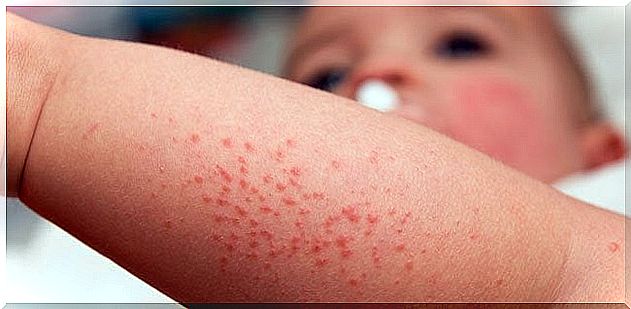
Recommendations in the presence of itching
There are two types of treatment for itching: local or systemic. The local refers to the application of creams or ointments. The systemic to drug administration. In both cases, a visit to the specialist is recommended.
The measures to be taken will depend on the cause of the infantile itching.
Some general recommendations are:
- Stop consuming certain foods that cause irritation such as spicy or citrus fruits.
- Avoid extreme water temperatures when bathing the child (neither too hot nor too cold).
- Add oatmeal solutions after bathing.
- If there is dryness, cover the skin with a few drops of liquid glycerin or almond oil after bathing.
- Bathe the child with mineral water to avoid chlorine in tap water.
The benefits of a cutaneous application are derived from the fact that a direct application is made to the affected area. Especially if it is localized itching. If we analyze local treatments, the most used are usually calamine and zinc oxide.
Other active ingredients
Boric acid has a strong antipruritic and antiseptic effect. Camphor can be used to combat prurism in its natural or synthetic form. In either case, it produces a local vasodilation and anesthetic effect that reduces itching and pain.

Menthol is another interesting product, which is commonly used to soothe the discomfort of itching. Preparations that combine calamine, menthol or camphor are usually used. It is usually a zinc oxide base or aqueous pastes, although today there are many commercial preparations that contain these substances.
As for a systemic or oral use, we have antihistamines and sedatives. Among the former are included those of the first generation (chlorpheniramine, diphenhydramine, hydroxyzine), which also provide a sedative effect.
For more complex cases or an evolution of infantile itching, there is hydroxyzine, with a greater sedative effect. In more severe cases of the pathology, sedatives with a hypnotic effect can be used. As they are central nervous system depressants, they reduce the perception of discomfort in the patient.
